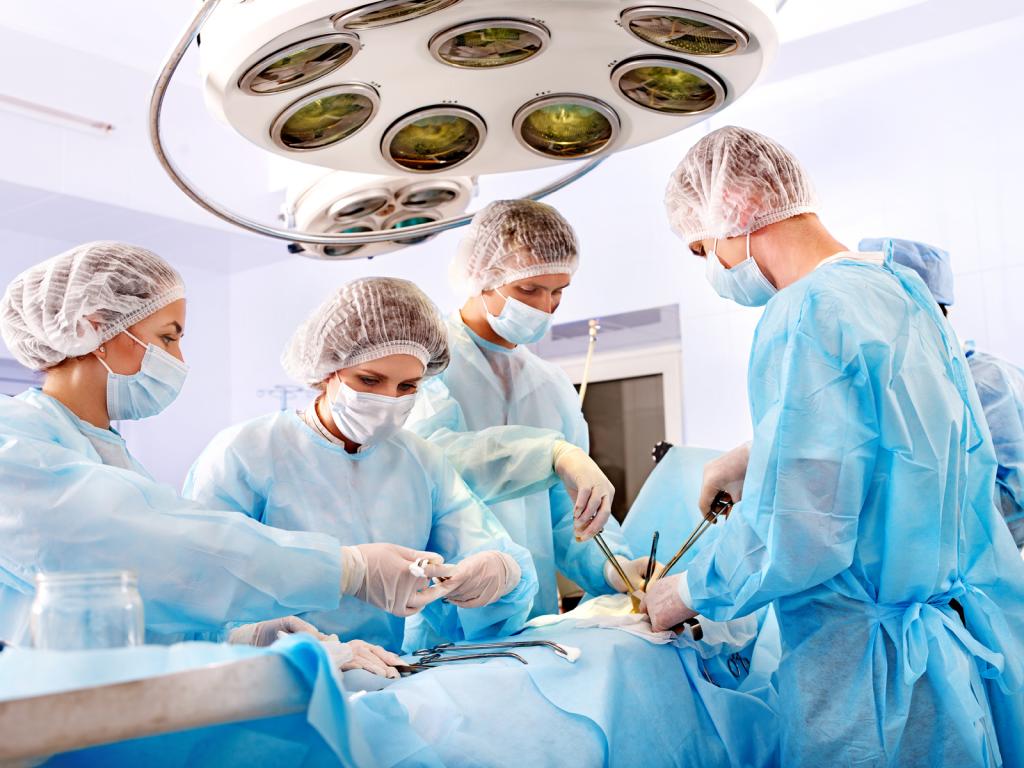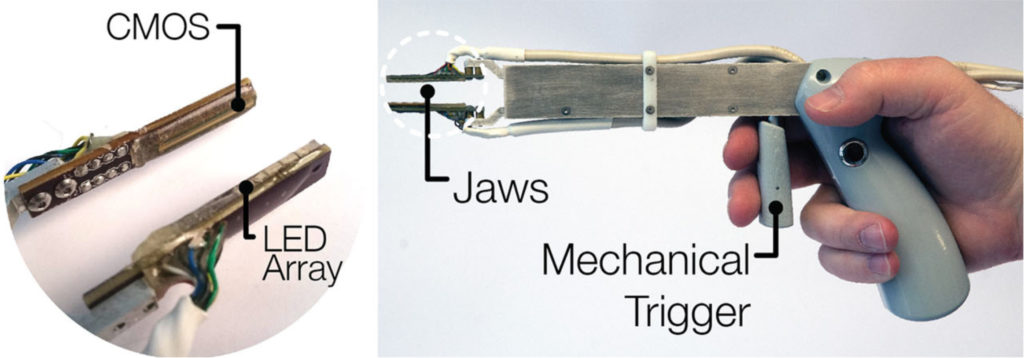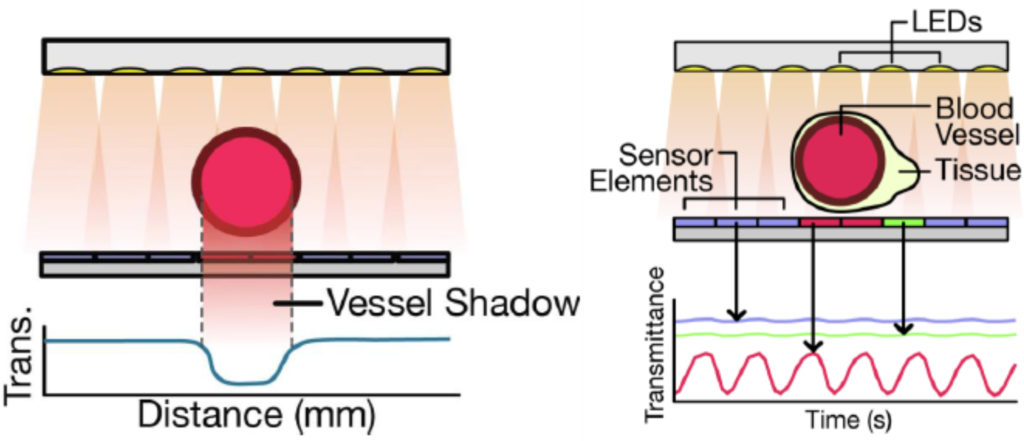
The new laparoscopic graspers can successfully detect and locate blood vessels to greatly improve viewing during minimally invasive surgery. Courtesy of CPD events.
Developers at Briteseed, a biotechnology company in Illinois, devised a handheld prototype that they say will make it significantly easier for surgeons to locate blood vessels during minimally invasive surgery (MIS). This device could cut surgery time, reduce risk of infection, and save lives.
The Problem
When possible, surgeons prefer a minimally invasive approach. Procedures including laparoscopic surgery reduce scarring and recovery times while lessening the risk of infection. This method, however, can make it difficult for even the most experienced surgeon to detect blood vessels. This can lead to bleeding complications. In addition, factors such as obesity, tumors, or previous operations can complicate the procedure and cause vascular injury. According to Langenbeck’s Archives of Surgery, 32% of cases of significant bleeding complications during MIS result in death. Patients who do survive face an increased risk of infection.
MIS is a technique that for most offers quicker recovery, reduced scarring, and better overall outcome. Unforeseen complications, however, can be fatal. It is imperative to improve imaging capabilities during laparoscopic MIS so surgeons can efficiently identify blood vessels.
In their paper published in the May edition of Biomedical Optics Express, the Briteseed team presents their updated laparoscopic graspers that can efficiently locate blood vessels embedded within tissue.
The New Laparoscopic Graspers Design

The above images show the simple design of the updated laparoscopic graspers. Courtesy of OSA Publishing.
The prototype operates on the principle of pulse oximetry. This technique uses light absorption measurements to estimate levels of oxygenated and deoxygenated hemoglobin. Pulse oximeters traditionally pass light from two LEDs through a patient’s finger or ear to gather a signal at a receiving photodetector. The patient’s skin, tissues, and blood vessels attenuate the signal because each structure scatters and absorbs light. The resulting measurement shows change in signal over time which can be used to estimate the oxygen content in the tissue. Here, the engineering team takes pulse oximetry a step further by using the absorption characteristics to “detect, localize, and characterize” blood vessels during laparoscopic MIS.
The Briteseed group designed their laparoscopic graspers to be similar in shape to standard surgical tools. The parallel jaw design allows for easy handling and use. One jaw contains an array of near-infrared LEDs while the other has a CMOS sensor array embedded onto it. A mechanical trigger allows one to adjust the distance between the jaws. The digital signal is relayed through a series of converts and transferred to a MATLAB Graphical User Interface.

The figure on the left shows how, when using the DC profile, the sensors underneath the vessel will record a great reduction light intensity. The AC-RMS profile on the right shows how the sensors under the vessel experience a sinusoidal signal over time. Courtesy of OSA Publishing.
The Reading
The new laparoscopic graspers can record spatial and temporal readings. The Briteseed group suggests combining references to profile the light absorption readings and localize blood vessels. The first, spatial absorption profile (DC), uses the inherent contrast between the absorption of blood and that of tissue for detection. DC, however, may not be enough to differentiate between the blood vessel and surrounding tissue where there is a high ratio of tissue thickness to vessel size. Adding another spatial profile, AC-RMS, creates a more dynamic viewing ability by quantifying the standard deviation of the signal for each sensor over time. The AC-RMS profile for all sensors except those under a blood vessel will be zero. Together, the DC and AC-RMS profiles accurately determine vessel size and location.
The Results
The Briteseed team tested the accuracy of their device by performing Monte Carlo simulations. These tests were configured so that the dimensions of the array and other optical parameters match that of the actual prototype. The simulations calculate ideal DC and AC-RMS profiles to be compared with those of the laparoscopic graspers.
Finally, the device was tested directly. The team tested their laparoscopic graspers ex vivo by placing an artery between its jaws and capturing the transmitted signal with the Graphical User Interface. Both the DC and AC-RMS profiles matched the ideal profiles created by the simulations. The team efficiently detected and localized the position of blood vessels along the sensor array. In addition, the AC-RMS accurately estimated the size of the vessels with an average error of only .2 millimeters.
Briteseed successfully demonstrated that their laparoscopic graspers can detect and pinpoint the location of blood vessels. The system clearly visualizes vessels surrounded by tissue- an exceptionally important benefit to surgeons performing MIS. This small, handheld device provides a much clearer path for surgeons to safely complete laparoscopic procedures. The team says their next step is to test the graspers in vivo, bringing the prototype one step closer to the market.
